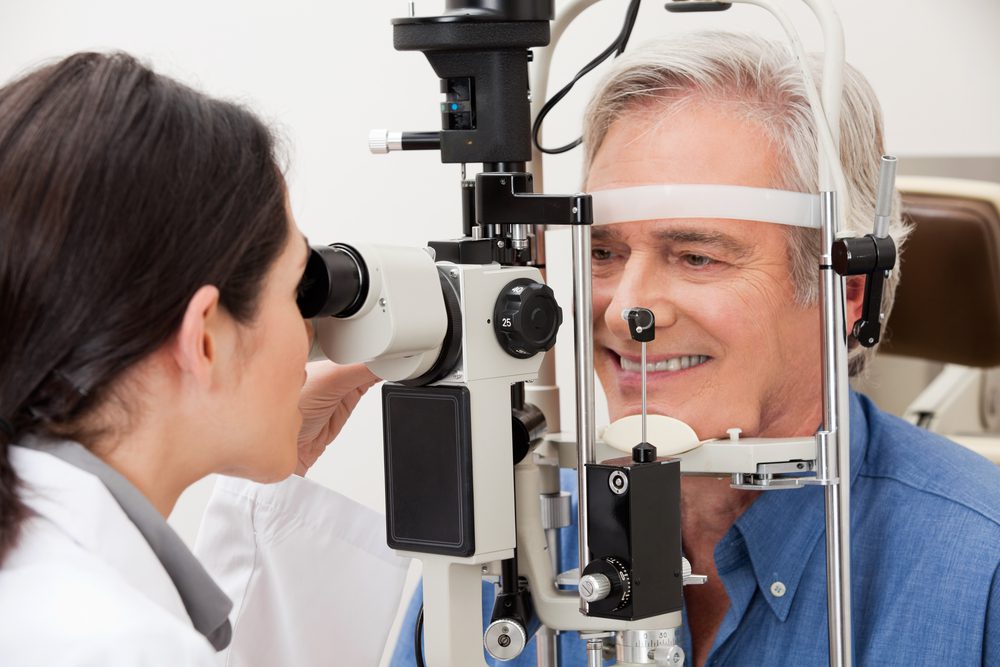Your Child’s Sight: Astigmatism
Learn more about eye and vision health
by subscribing to the Prevent Blindness YouTube channel
Why is astigmatism a problem?
- People with severe astigmatism may experience blurred, distorted, or double vision at all distances, eyestrain, and have difficulty with night vision.
- If left untreated, you may have headaches and a dull pain in your eyes.
What causes astigmatism?
Astigmatism occurs when the cornea (clear part in the front of the eye) is not completely round. It is curved more like an egg, rather than round like a basketball. Astigmatism is caused by an eye with an irregularly shaped cornea (clear part in the front of the eye) or lens (disc in the middle of the eye behind the pupil that brings light into focus on the back of the eye). This uneven shape causes the eye to not focus light evenly on the retina in the back of your eye (it acts like the film in a camera to help us see) leading to blurred vision at all distances. Injury, like damage to your cornea, can cause astigmatism. Certain surgeries, like cataract surgery, can cause astigmatism as well. If you have family members with a history of astigmatism, you are more likely to have astigmatism. If you have mild astigmatism, you may not experience any symptoms. Undergoing regular eye examinations will help you take charge of your vision health.
Astigmatism Diagnosis
An ophthalmologist (an eye doctor with a medical degree: MD or DO) or an optometrist (an eye doctor with an optometry degree: OD) will conduct a dilated eye examination to find out if you have astigmatism.
Prevent Blindness recommends that everyone receive a comprehensive dilated eye exam regularly as recommended by your eye doctor.
Astigmatism Treatment
A range of treatments are available. This may include eyeglasses, contact lenses, or other treatments to help you see clearly. Your eye doctor will work with you to identify the right treatment for your specific needs.
- Eyeglasses: Glasses for astigmatism help focus light on the back of your eye correctly. Eyeglass prescription for astigmatism will be cylindrical and can be a negative or positive number. It is important to communicate your specific needs to your eye doctor, since eyeglasses can be modified specifically for computer work, reading, hobbies, sports, or all-around needs.
- Contact lenses: Contact lenses also work by focusing light correctly on the back of your eye so that you can see clearer and are worn directly on the surface of your eye. Contact lenses, especially for astigmatism, require a different prescription than a prescription for eyeglasses, and additional measurements of your eyes. There are also lenses which can reshape your cornea and temporarily correct the irregular shape which causes astigmatism.
- Refractive surgery: If you are a good candidate for surgery, your ophthalmologist or optometrist may recommend surgical reshaping of your cornea (clear part in the front of the eye).
Your prescription may change over time, so it is important to have regular dilated eye exams and review treatment options based on your changing needs.
